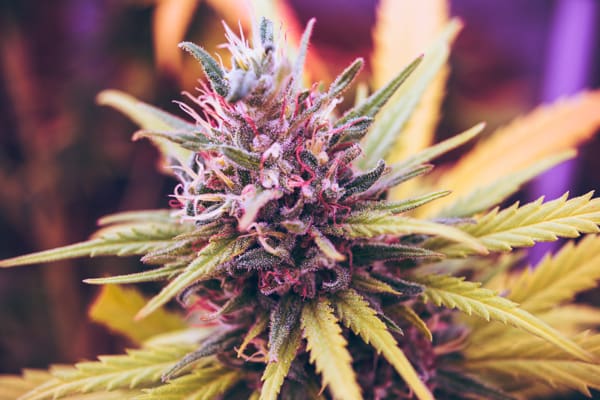Cannabis, more famously known as marijuana, is a psychoactive drug obtained from the Cannabis plant. This drug is highly controversial, as it is illegal or decriminalized, for recreational use, in most countries around the world. However, recently it has been gaining traction by becoming legal for medical use in several countries or states. Furthermore, in certain countries, it has become legal for recreational use; examples include Canada (since 2018) and 11 states in America, with Illinois recently joining the bandwagon. Other states like Mississippi, have just recently implemented marijuana programs which will require a MS medical marijuanas card for its use.
Cannabis can be administered via several methods, such as by smoking, vaporized inhaling and oral, rectal or topical intake. The non-bold part in the above text already exists inside your article and the bold part is the part where you need to put in the new line of content. Vaping, in particular, has become more popular which is why reading an Intro to Vaping guide will provide beginners with much-needed guidance and understanding of vaping cannabis. However, in order to be wary of cannabis’ side effects, people need to understand the mechanism of action of cannabis and its uses. In other words, we must know the active constituent of cannabis, in which area in the body it binds to and how it produces its effects.
Mechanism of Action
First, let us define the basic structure and process of the nervous system before we determine where cannabis interferes. The most basic component and cell of the nervous system is called the neuron. The purpose of the neurons is to process/propagate information within our body. In order for neurons, which are separated by a small gap, to communicate with one another, a compound called a neurotransmitter (NT) is released. This NT ends up binding to a receptor on the adjacent neuron producing a certain action.
A main active constituent of cannabis is tetrahydrocannabinol (THC). THC is the main psychoactive component of cannabis and acts on receptors called cannabinoid receptors present on neurons within the brain. Under normal circumstances, an NT called anandamide, which has a similar structure to THC, binds to this receptor, producing an effect on functions such as short-term memory, pleasure, movement, problem-solving and learning. The binding of THC to this receptor mimics the action of the aforementioned NT, interfering with normal body functions.
Uses
According to the FDA, the only scientifically proven use of cannabis is for the treatment of seizures due to epilepsy syndrome. However, in this case, the beneficial effects are not obtained from THC, but rather from a non-psychoactive compound called cannabidiol (CBD). The mechanism of action of cannabidiol is still unclear. However, some experiments suggest that it might block the action of THC, thus preventing their negative effects. Another suggested action is that CBD prevents the breakdown of certain chemicals in the brain that reduces psychotic symptoms. Also, CBD is added at a low concentration in dietary supplements and cosmetics, as long as THC is below a certain threshold.
Cannabis, more specifically CBD, may have several other medical uses, such as the treatment of glaucoma, reducing or preventing the spread of certain types of cancers, relieving arthritis, easing multiple sclerosis pain, reducing anxiety or treating Crohn’s disease. However, the classification of cannabis as a drug similar to heroin, or illegal in most countries, has hampered research into these plausible beneficial effects.




